Significant Ruin Expected To Be A Mayan Settlement
Construction along section 5 of the Maya Train Project has uncovered a major archaeological site near Cancun with more than 300 buildings. The site is expected to be confirmed as a Mayan settlement similar to other world-famous ruins in the area.
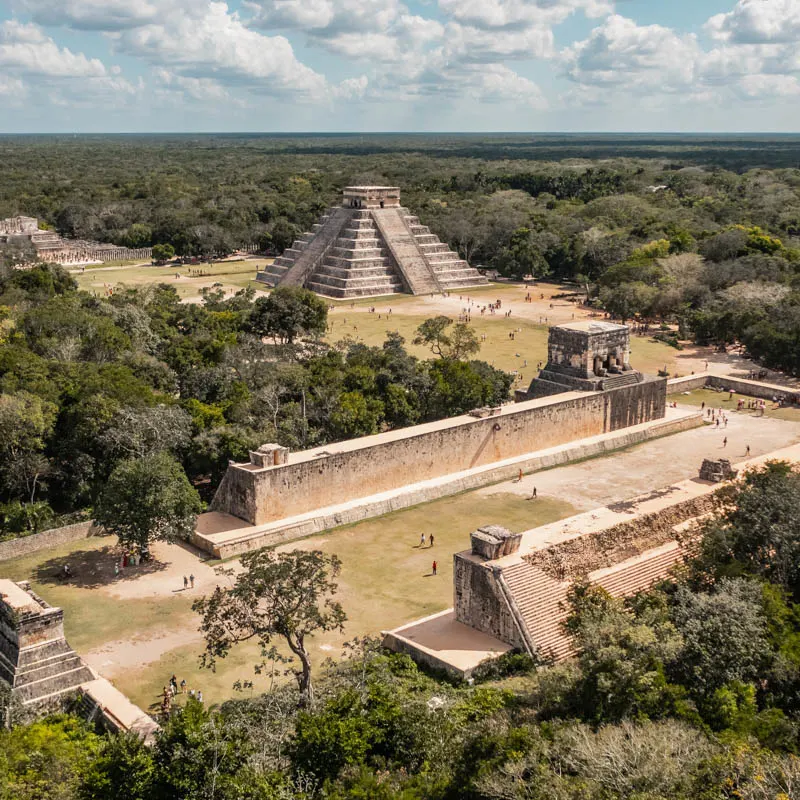
The announcement was made on Thursday morning by the Federal Government of Mexico, represented in this case by Diego Prieto, the Director of the National Institute Of Anthropology And History. Prieto held a conference where detailed information about the findings was unveiled, including schematic maps of what they believed the settlement could have looked like.
According to the presentation, more than 300 buildings were uncovered in the vicinity of the construction area. Some of the structures are as big as eight meters tall. The site is set to be given protected status as an ecological and archaeological corridor. This does mean that the Maya Train project may have to be rerouted once again to make way for the new finds.
The project had already been shifted once along this part of the route after business owners in the Playa del Carmen area complained that it was likely to affect the daily running of their businesses. Hotels were particularly vocal about the development. However, environmentalists, historians, and archaeologists around the world protested against its new placement which would require the destruction of a significant amount of rainforest area and the risk of destroying significant Mayan sites.
Despite a halt being placed on the project due to these concerns, the government prevailed by circumnavigating the ruling using emergency funding procedures. It does appear the concerns were more than valid, but thankfully the sites are being protected.
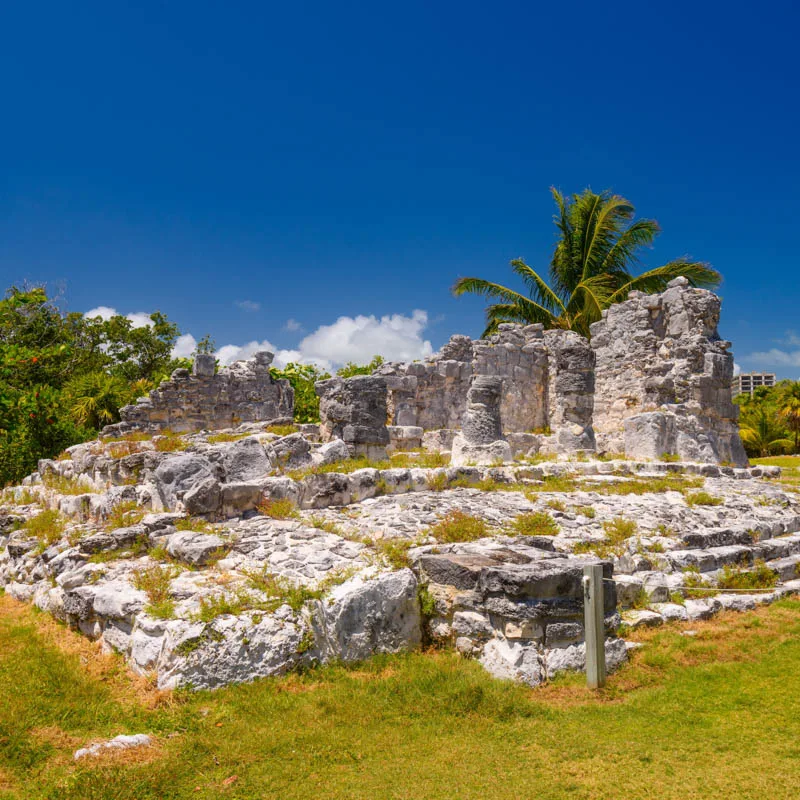
The wider Quintana Roo and Yucatan region has long been known to be rich in cultural sites, with most historians believing the world-famous sites like Chichen Itza are only the tip of the iceberg.
Section 5 isn’t the only area that’s been scoured for Mayan relics. An astounding number of Maya artifacts and sites have been discovered throughout the project. According to Prieto over twenty-five thousand Mayan buildings or remains of buildings have been discovered. This could be as small as a foundational wall fragment or an entire structure. More than four hundred human remains have been found related to Mayan burials, while thousands of moveable relics like ceramic pottery, tools, and personal items have been found. Most of these items are expected to be dispersed among the region’s museums, while the immovable ones like homes and temples, will be protected, deconstructed, or stabilized for further research.
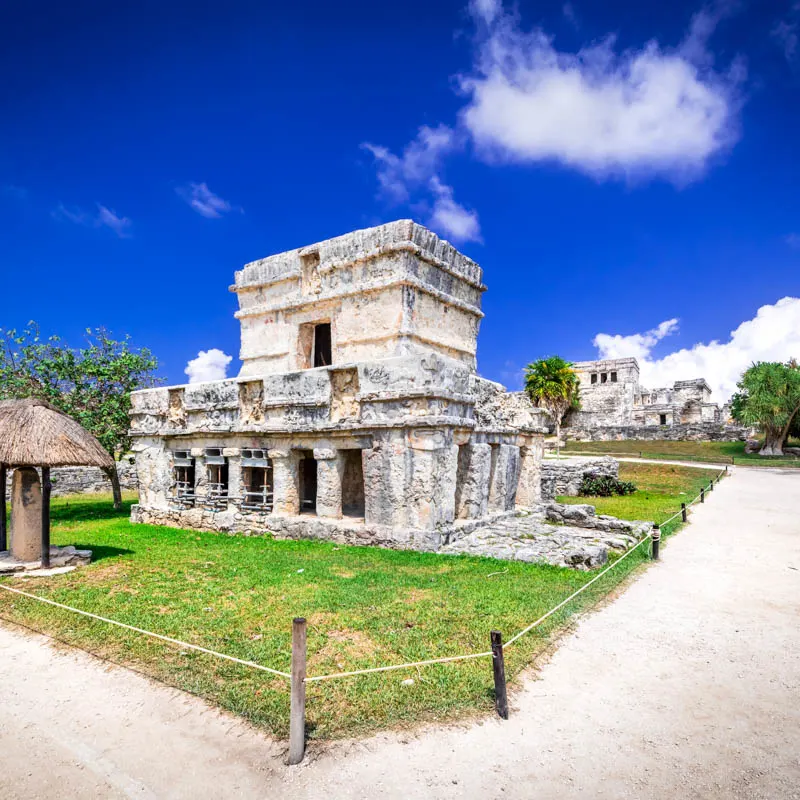
The cenotes and other underground natural features are also being explored extensively. Many of the artifacts found in the region have been uncovered at the bottom of these bodies of water. Cenotes were sacred places for Mayans, and they have been known to be places where sacrifices or offerings have taken place.
Of course, all of this ties in with the greater purpose of the Maya Train Project. Cancun, Tulum, and other regions in Quintana Roo have not shared a great amount of cultural tourism. The vast majority of visitors to these areas are beach-seeking Americans with no interest in venturing too far from their resorts. Those making the trip with the intention of seeking out the cultural wonders of the Yucutan peninsula have generally stuck to places like Merida or only made brief stops in the region. Even those staying in Cancun with an interest in things like Chichen Itza would usually do it on a guided tour.
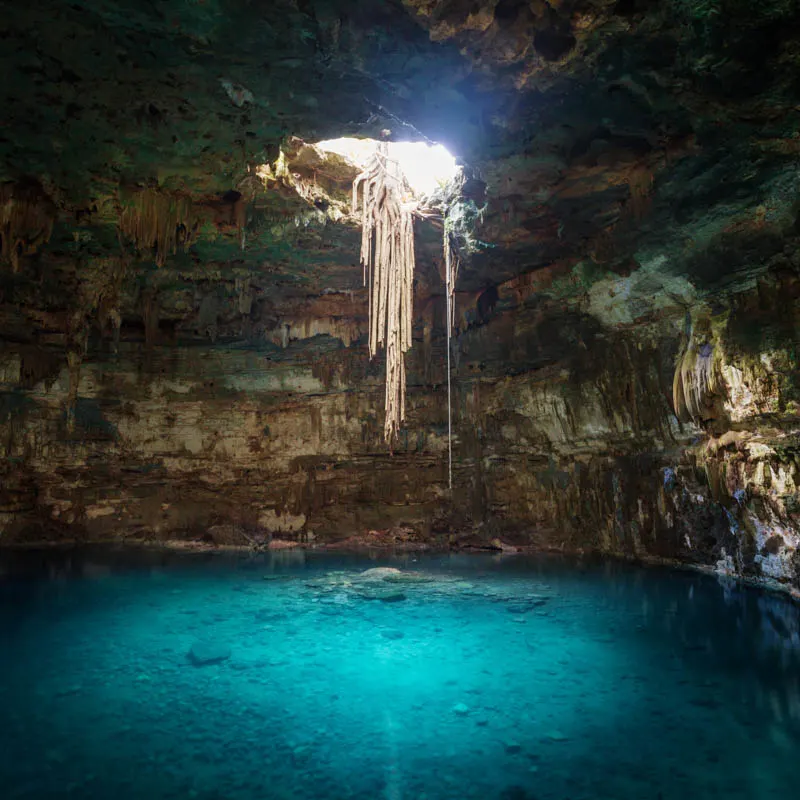
When the train is completed, the entire region will now be accessible from any point. Visitors staying in Cancun could comfortably make the journey to Chichen Itza, which has its own stop, or one of the other amazing sites on offer. Day trips to Tulum, weekend jaunts to Merida, or even further afield will transform the experience available to visitors.
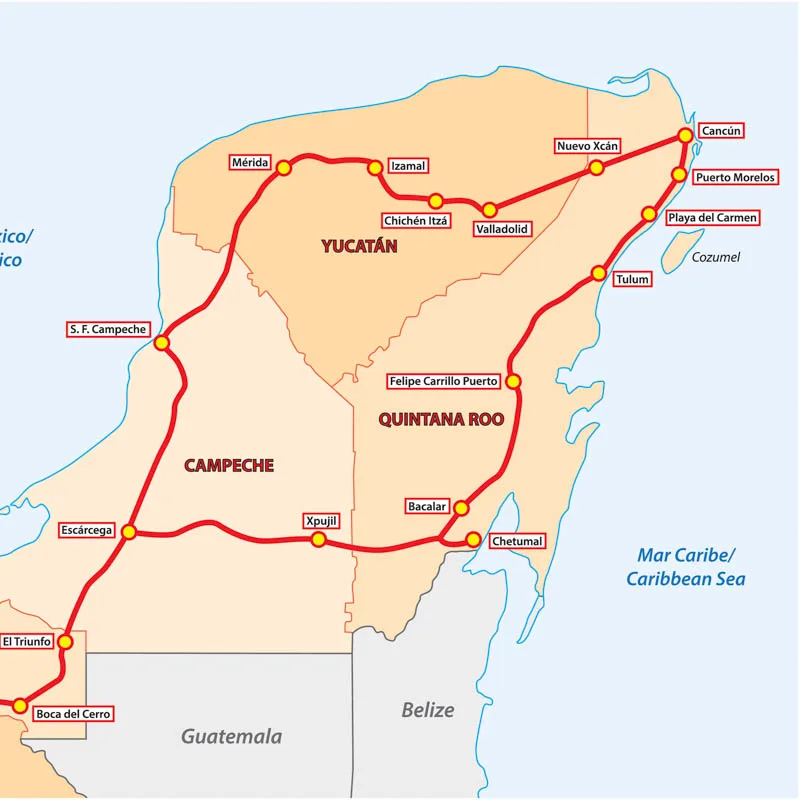
In a perfect world, the train will transform the peninsula for the better. Of course, many have doubts about whether it will, but there is now no doubt the project will be completed.
It’s currently expected to be functional by the end of 2023, although some reports suggest it may lean further into 2024.
Plan Your Next Cancun Vacation:
Traveler Alert: Don’t Forget Travel Insurance For Your Next Trip!
Choose From Thousands of Cancun and Riviera Maya Hotels, Resorts and Hostels with Free Cancellation On Most Properties
↓ Join the community ↓
The Cancun Sun Community FB group has all the latest travel news, conversations and tourism Q&A’s for the Mexican Caribbean

Subscribe to our Latest Posts
Enter your email address to subscribe to The Cancun Sun’s latest breaking news affecting travelers, straight to your inbox.

Simon castaneda
Monday 12th of September 2022
Good
Kaz Tomaszewski
Monday 12th of September 2022
This means a lot of delays from air port to resorts loosing one day for transportation